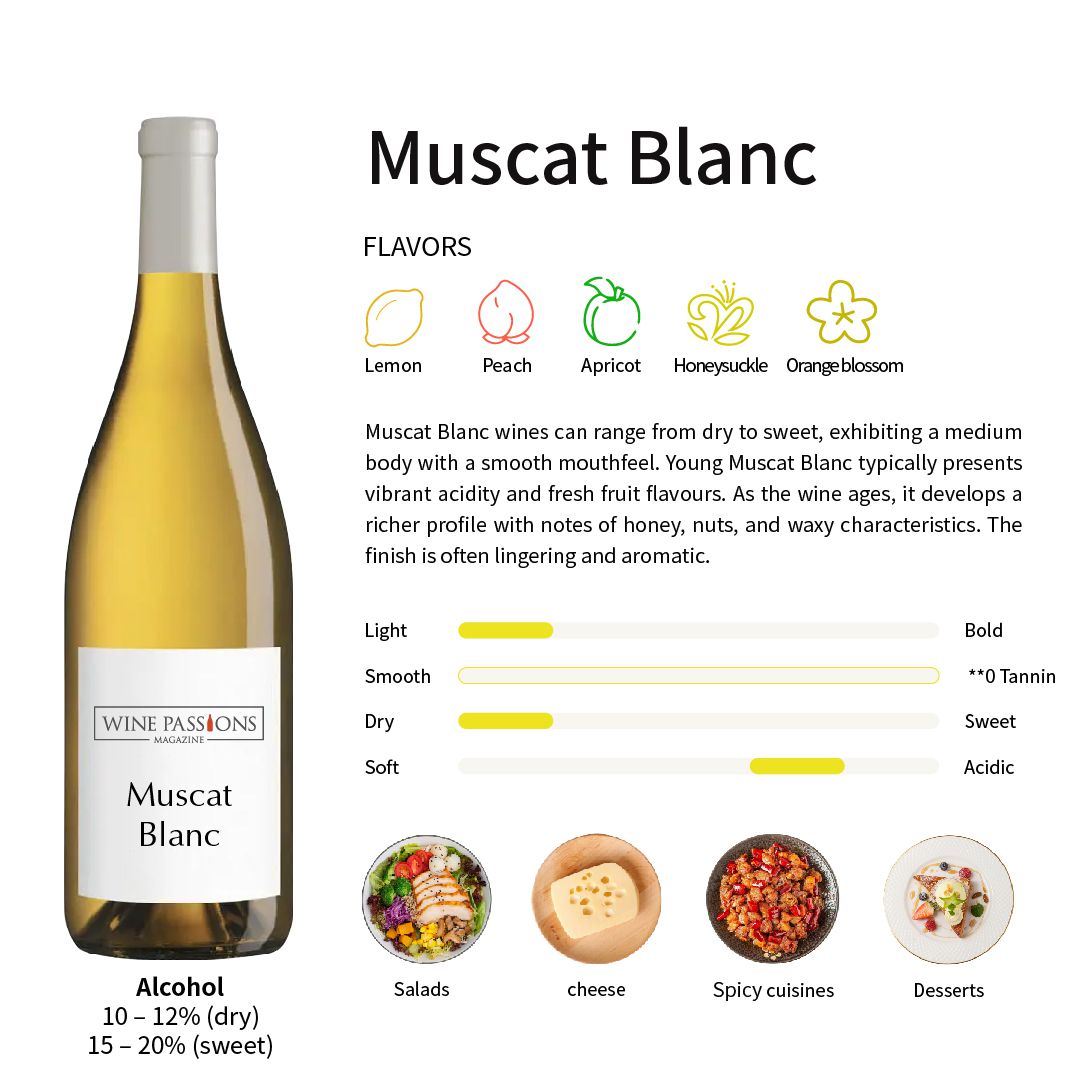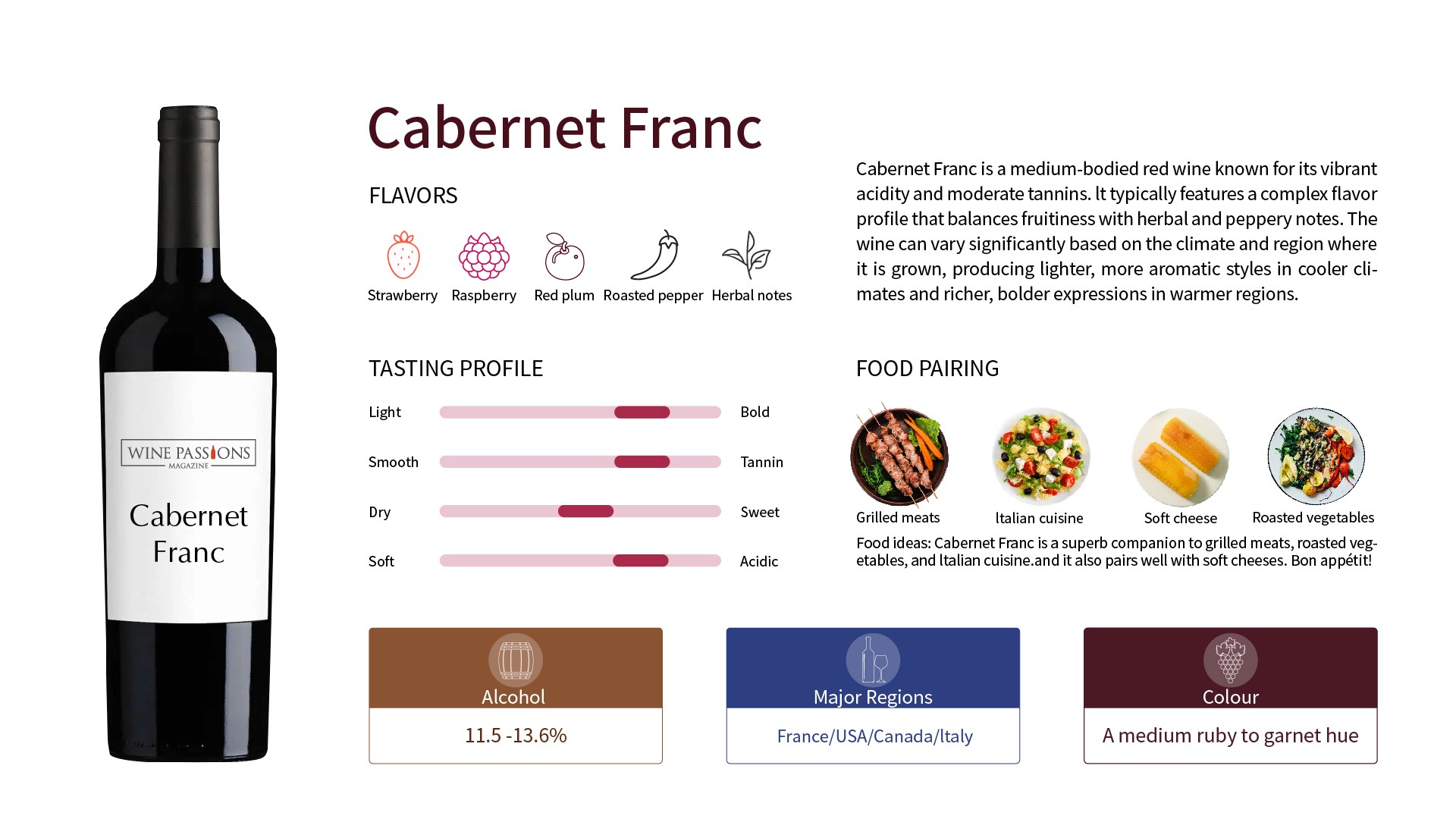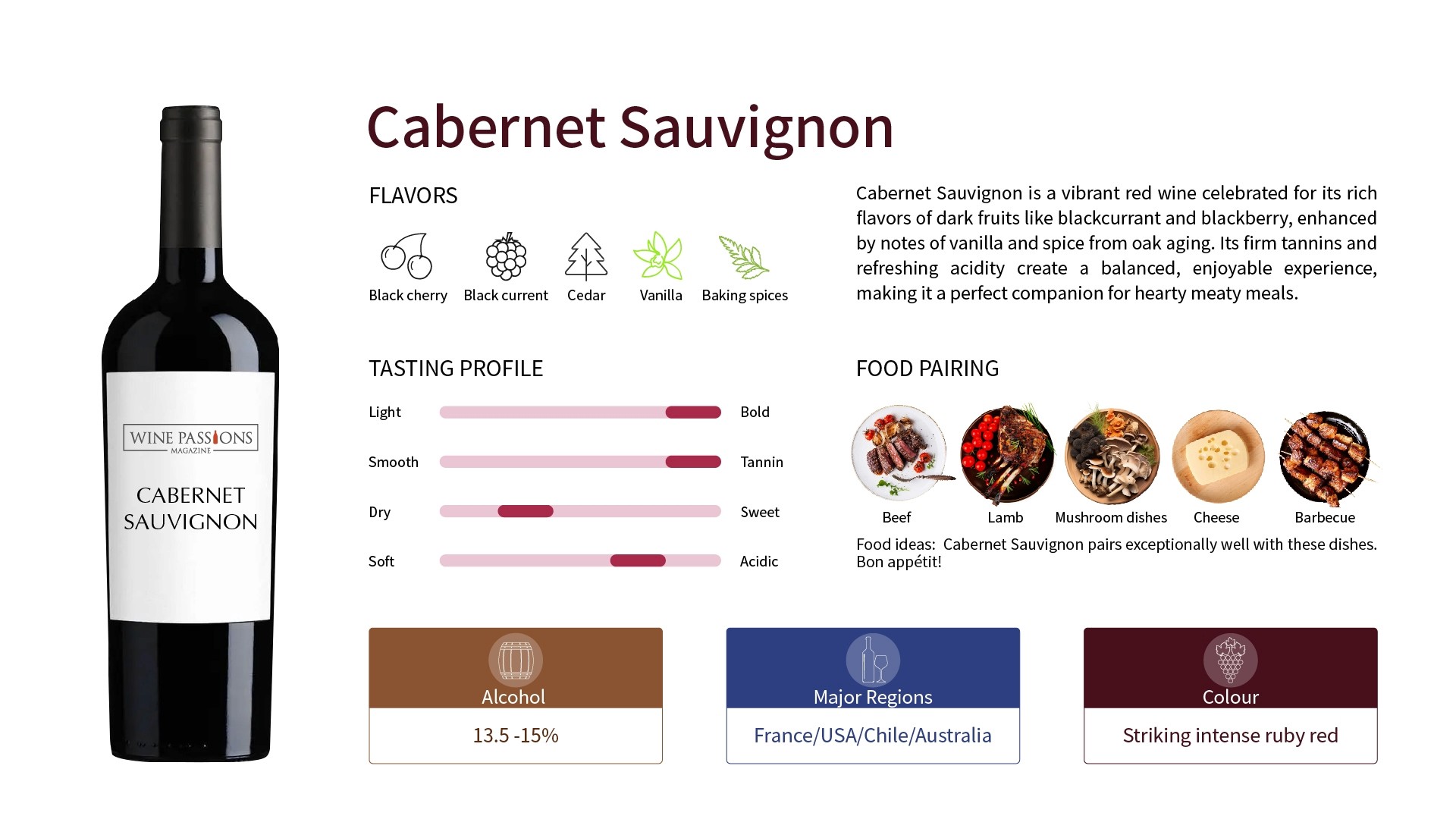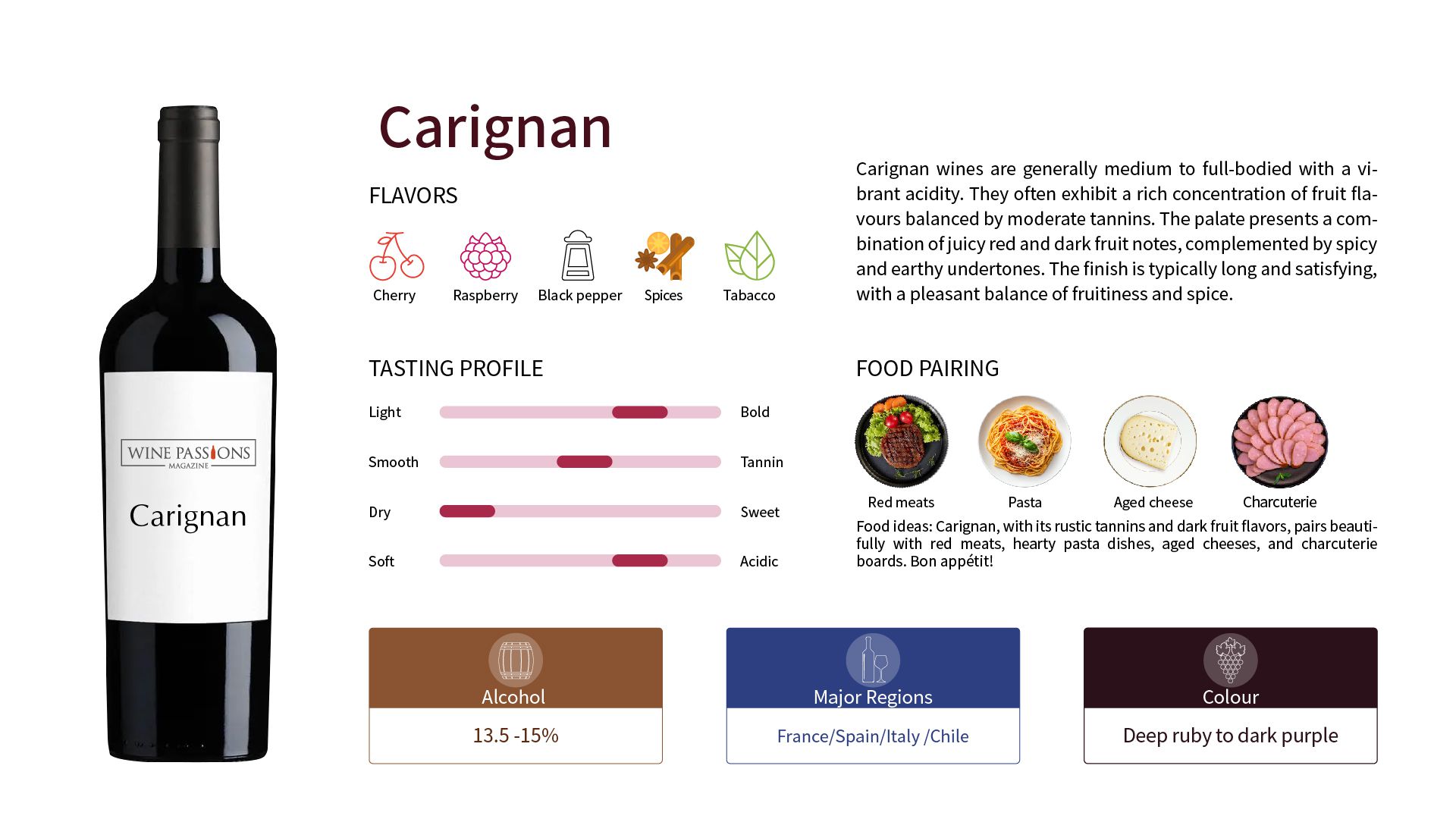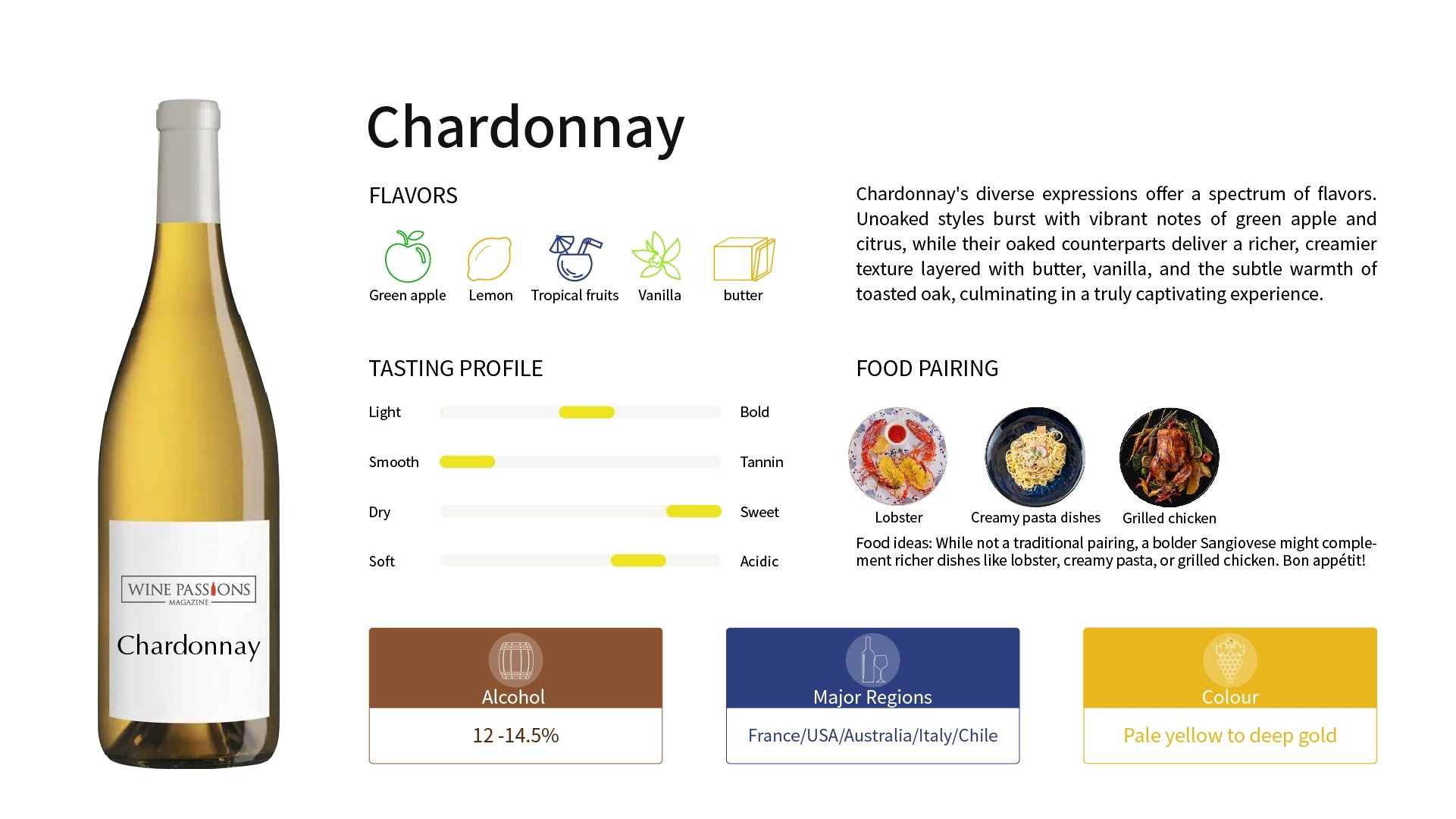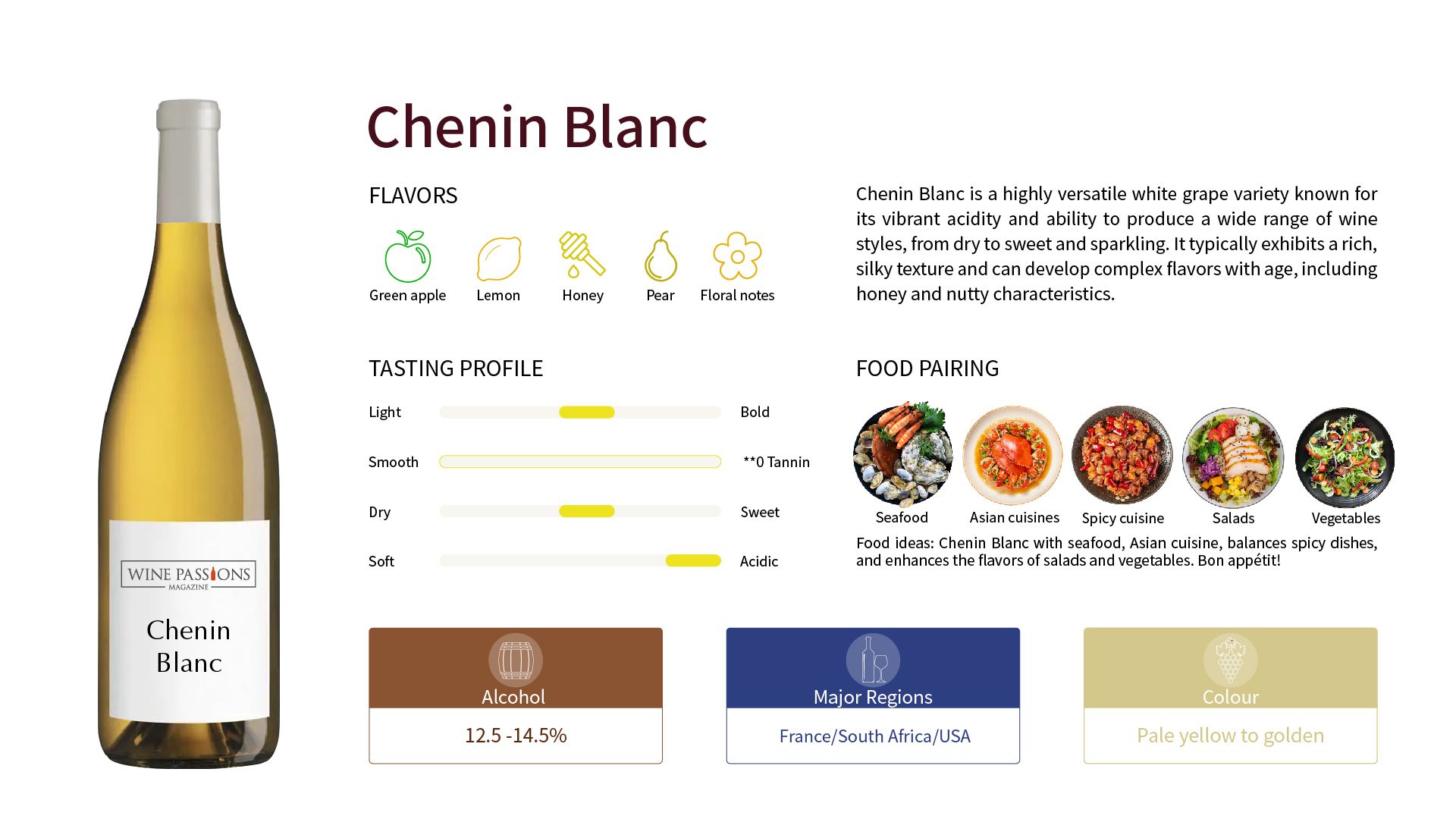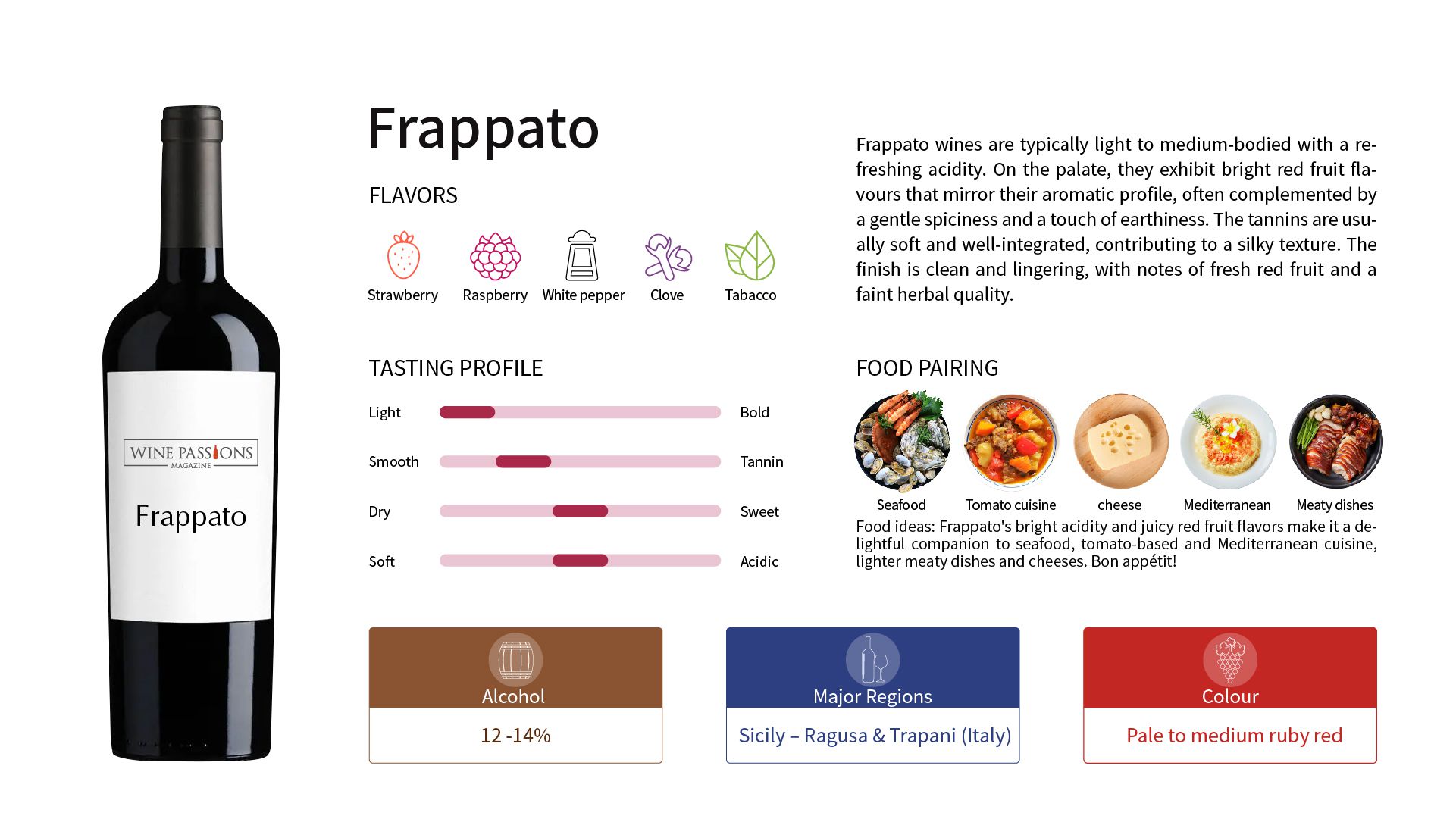Cabernet Franc
Background and Origin
The history of Muscat Blanc dates back to ancient Greece, where it is considered one of the oldest grape varieties in the world. It is said that this grape was first cultivated in Greece and Asia Minor and gradually spread to the Mediterranean coast through trade activities. The Romans introduced it to southern France, particularly in the Narbonne region, which became an important production area for Muscat.
Over time, Muscat Blanc was widely planted throughout France, especially in regions such as Languedoc-Roussillon and Alsace. It was also introduced to other countries, including Italy, Spain, South Africa, and Australia. These regions have developed different styles of wine based on local climate and soil conditions, making it increasingly popular in the global market.
Reasons for Popularity
Unique Aroma: Muscat Blanc is known for its strong and enticing aroma, typically featuring fruity notes such as peach, orange blossom, and lemon, along with unique floral scents. These aromas immediately attract the attention of consumers, making it a sought-after characteristic among many wine enthusiasts.
Diverse Winemaking Styles: Muscat Blanc can be used to produce a variety of different wine styles, including sweet, dry, and sparkling. This allows it to meet the needs of different consumers. For example, Moscato d'Asti is a light, sweet Italian wine with a slight fizz, while Muscat de Beaumes-de-Venise is a fortified sweet wine known for its rich fruitiness and high sugar content.
Good Pairing Ability: Due to its abundant fruitiness and moderate acidity, Muscat Blanc pairs well with various foods, including desserts, seafood, and light dishes, making it an ideal choice for gatherings or meals. This versatility often sees Muscat Blanc on the dining table.
Sustainability and Natural Winemaking: With increasing emphasis on environmental protection and sustainability, many winemakers have started using organic or biodynamic methods to cultivate Muscat Blanc, reducing environmental impact and enhancing grape quality. This trend has attracted many consumers who focus on eco-friendliness and healthy eating, making Muscat Blanc even more marketable.
Flavor Characteristics
Fruitiness: Typically exhibits rich and vibrant fruit flavors, including lemon, peach, apricot, and orange.
Floral Notes: Often carries bright floral aromas, such as orange blossom, rose, and jasmine.
Palate: Has a medium to full-bodied texture, with sweetness ranging from dry to very sweet.
Main Production Areas
Muscat Blanc is a highly attractive grape variety primarily used to produce various styles of wines, especially sweet and sparkling wines. This grape is grown in many parts of the world, and below are detailed introductions to several main production areas and their characteristics.
1. France
France is an important production area for Muscat Blanc, particularly in southern France's Languedoc-Roussillon and Rhône Valley regions. These areas are known for their unique climatic and soil conditions, providing an ideal environment for the growth of Muscat Blanc.
Languedoc-Roussillon: The climate here is typical of the Mediterranean, with plenty of sunshine and moderate rainfall, suitable for the growth of various grape types. The soils are diverse, including limestone, sandy soil, and clay, allowing Muscat Blanc to showcase different flavor characteristics. This region is famous for producing renowned sweet wines such as Muscat de Rivesaltes and Muscat de Beaumes-de-Venise, which are typically rich in fruity flavors and sweetness.
Rhône Valley: In this region, Muscat Blanc is mainly used to produce some high-quality white wines, such as Côtes du Rhône and white Châteauneuf-du-Pape. The soils here are primarily composed of gravel and sandy soils, which effectively drain water and help enhance the ripeness and flavor of the grapes.
2. Italy
Italy is the homeland of famous Muscat wines such as Moscato d'Asti and Asti Spumante. These wines are widely loved for their light, sweet, and slightly sparkling qualities.
Piedmont: The cool climate here helps maintain the freshness of the grapes, resulting in wines with good acidity and balance.
3. Spain
Spain also produces Moscatel, a sweet wine made from Muscat grapes, typically used for pairing with desserts or as an aperitif.
Andalusia: Here, Moscatel de Málaga is one of the most famous sweet wines, made from small-grained white Muscat. The region has a hot and dry climate, making it ideal for grape ripening, resulting in Moscatel de Málaga having high sugar content and rich flavors.
4. Australia
Australia has also started cultivating Muscat, producing some high-quality sweet and sparkling Muscat wines, such as Rutherglen Muscat, known for its caramel and cocoa flavors.
Victoria: Rutherglen is one of Australia's most famous Muscat production areas, renowned for producing fortified sweet wines. The warm and sunny climate here allows the grapes to fully ripen and develop intense flavors. Rutherglen Muscat typically has a rich, sweet, and complex palate, making it an excellent choice for after-meal drinks.
Famous Muscat Blanc Wine
Moscato d’Asti
is a semi-sparkling sweet white wine from the Piedmont region of Italy, known for its low alcohol content (around 5.5%) and rich fruity aroma. Moscato d’Asti is typically made from small-grained white muscat grapes, and its refreshing taste and enchanting floral notes make it a popular choice at gatherings. This wine pairs well with light snacks or desserts, such as fruit tarts or cheesecake.
Asti Spumante
is another fully sparkling sweet white wine from Italy, known for its refreshing taste and bright acidity, making it a favorite at parties. Asti Spumante is generally more robust than Moscato d’Asti, and works well with a variety of foods, including appetizers, seafood, and light dishes.
Muscat de Beaumes-de-Venise
is a fortified sweet white wine from France, celebrated for its intense fruity flavor and high sugar content, making it an ideal choice to pair with blue cheese or chocolate desserts. This wine showcases the unique flavor characteristics of Muscat Blanc, with its high quality widely recognized in the international market.
Tasting Method
Tasting Temperature: Recommended is 7-13°C
Tasting Glass: White wine glass
Aeration Time: No need for aeration
Cellaring: 1-5 years
Food Pairing
Various desserts: such as fruit tarts, cheesecake, or almond cookies.
Cheese: The savory flavor of cheese can be complemented by the sweetness of Muscat Blanc.
Spicy Dishes: Especially Thai and Indian cuisine, both of which have elements of spiciness and sweetness that pair wonderfully with Muscat Blanc.
Dry or Off-Dry Muscat:
Seafood dishes
Light snacks: fresh salads, sushi
